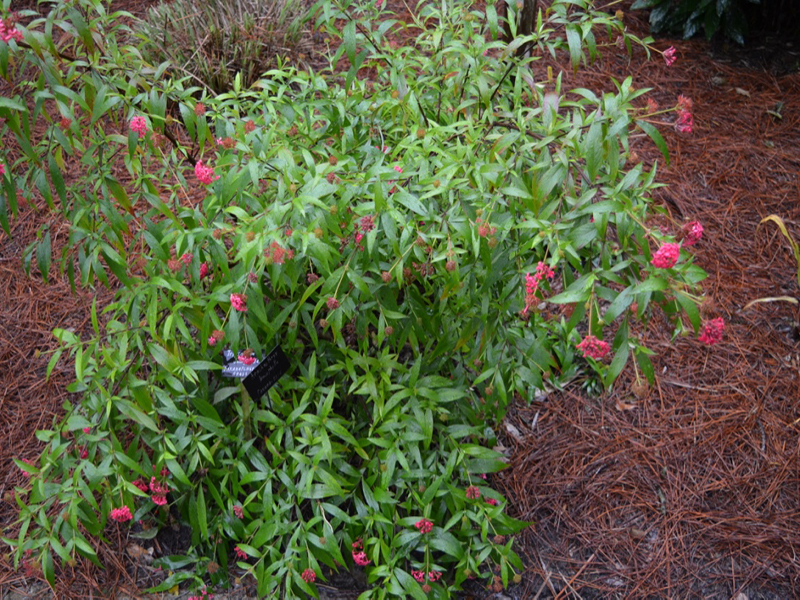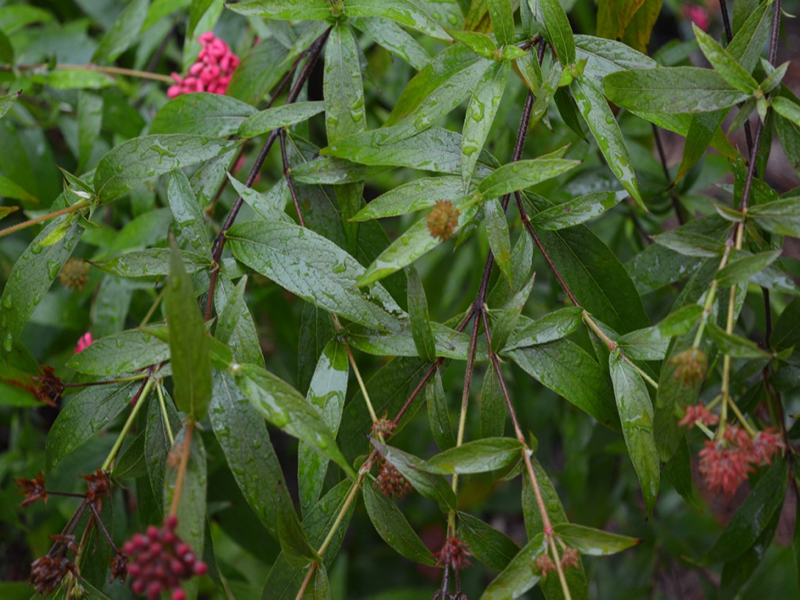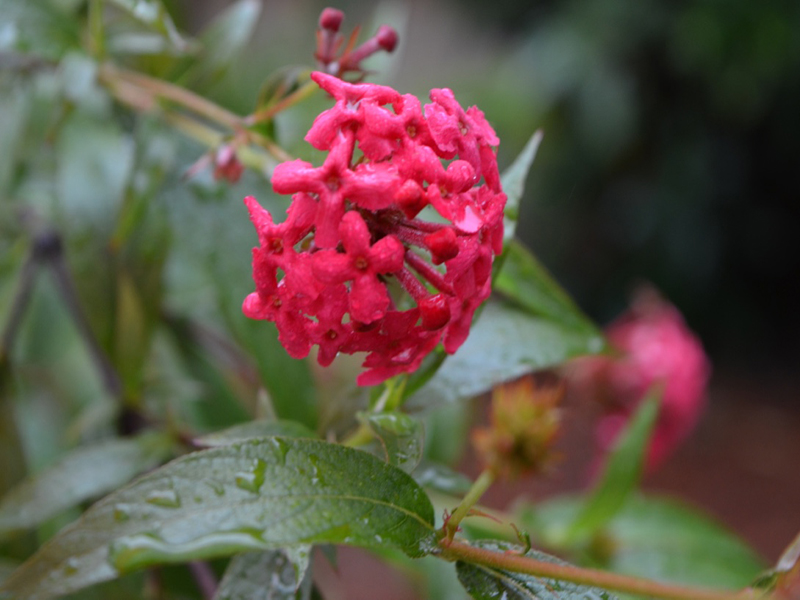
Perennials, Tropicals, Woody > Arachnothryx > Arachnothryx leucophylla > Arachnothryx leucophylla
Arachnothryx leucophylla
Bush Pentas, Panama Rose, Rondeletia
Origin: Mexico to Panama.
| Family |
| Rubiaceae |
| Genus |
| Arachnothryx |
| Species |
| leucophylla |
| Category |
| Perennials, Tropicals, Woody |
| Type |
| Shrub (evergreen) |
| Synonyms |
| Rondeletia leucophylla Kunth (1820); Hedyotis leucophylla (Kunth) Spreng. (1824); Rondeletia elongata Bartl. ex DC. (1830); Bouvardia discolor Hook. & Arn. (1840); Arachnothryx elongata (Bartl. ex DC.) Planch. (1849); Rondeletia dubia Hemsl. (1879) |
| USDA Hardiness Zone |
| 10b - 11 |
| Canadian Hardiness Zone |
| Requires cold season protection under glass. |
| RHS Hardiness Zone |
| H2 - H1c |
| Temperature (°C) |
| 1.7 to above 4.5 |
| Temperature (°F) |
| 35 to above 40 |
| Height |
| 1 to 6 m |
| Spread |
| 1.5 m to 6 m |
Photographs
Description and Growing Information
Flowering Period
| General Description |
| Woody evergreen shrub with a round shape, typically growing up to 1 - 3 m tall in cultivation but can reach 6 m in the wild. |
| Landscape |
| Planted as an ornamental shrub in parks and gardens, wildflower gardens, and butterfly gardens. |
| Cultivation |
| Grow in a range of soil types, in partial shade or full sun. |
| Shape |
| Rounded. |
| ID Characteristic |
| Avoid pruning frequently, because flowers are produced from the new growth. |
| Pests |
| Harry P. Leu Gardens, Orlando, Florida, United States of America. |
| Bark/Stem Description |
| Woody, dark brown with the young stem covered in soft short hairs. |
| Leaf Description |
| The upper leaf surface is dark green and hairless, while the lower side is whitish covered in short, white hairs. A forked flap of tissue known as a stipule occurs between the pair of leaves found at each point along the stem. |
| Flower Description |
| Tubular with 4 bright pink lobes arranged in the shape of a cross (2 cm long, 1 cm wide). Flowers are arranged in rounded clusters known as cymose inflorescences (5 cm wide). They are most fragrant after sunset. |
| Fruit Description |
| Small, dry and indehiscent, contains many seeds. They are whitish in colour and covered in soft hairs. |
| Propagation |
| By seed, semi-woody cutting, and air layering. |



